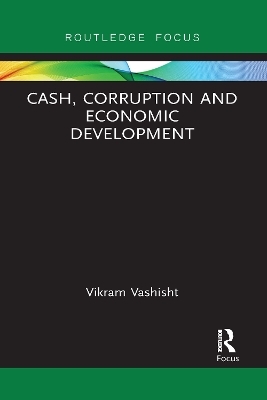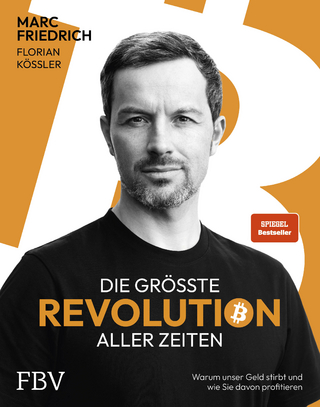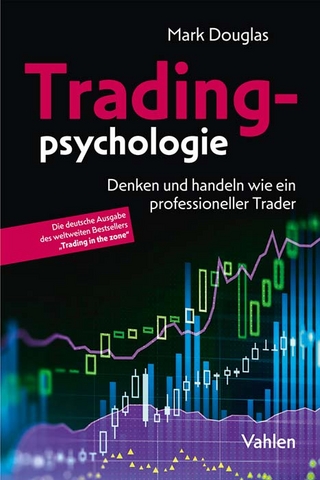
Cash, Corruption and Economic Development
Routledge (Verlag)
978-1-032-09688-9 (ISBN)
Have you ever asked yourself what gives comfort to someone who demands and accepts a bribe, sells drugs or commits professional crimes for money? The majority of these people are not wealthy, and they accept small amounts of money every day from their victims.
Cash, Corruption and Economic Development examines the causes of corruption and crime and highlights what brings comfort to all those who accept bribes and kickbacks, arguing that it is paper currency because it does not leave a signature of its movement from one entity to another. The author proposes that today, with the technology available, we can make the transition to a paper currency-free economy, which will help reduce corruption and crime and give a boost to economic development. The book analyses the causes of corruption and presents a replacement for the current model, to be implemented by a central bank and followed by banks operating within its jurisdiction.
This book will be of interest to economists, students of economics and finance, and all those who have suffered as a result of corruption and professional crime and want these practices to end.
Vikram Vashisht is a Certified Practising Accountant (CPA), Master of Accounting, Bachelor of Laws (LLB) and Bachelor of Commerce (BCom), and has previously served as a finance officer in the Australian Army.
List of illustrations
Preface
1 We the people
Impact of corruption on development
Impact of movement of dirty money on development
Factors impacting the level of corruption
An honest bottom cannot have a corrupt top
Trade brings economic development
Development has to be sustainable
2 Corruption no more
Impact of transition on corruption
Impact of transition on economic development
How are payments made after transition to a paper currency- free economy?
Transfer of money
The use of fake currency
Our fight against crime
Our right to privacy of information
The sellers of contraband
Collection of tax revenue
Solutions for the visually impaired, elderly and those who may lack literacy
The threat of digital fraud
The threat of digital fraud – cont’d
The transition does not need smartphones or computers
You can travel alone
An active step
3 The technicalities
Partial or complete transition
The cost of transition
Factors influencing transition
Ability to open a bank account with a fake identity
The speed of processing
Development of alternative currencies
The legal tender
The electronic currency
The electronic currency account
The rolling out of the system
The rolling out of the system – cont’d
Why does a central bank need the ability to monitor the electronic currency accounts of banks in real time?
How is the authenticity of electronic currency verified?
Recalling and replacement of paper currency – the most important factor for transition
Recalling and replacement procedure – cont’d 1
Recalling and replacement procedure – cont’d 2
Recalling and replacement procedure – cont’d 3
Recalling and replacement procedure – cont’d 4
Recalling and replacement procedure – cont’d 5
Need for paper currency to settle international transactions
Which currency is used and which bank accounts are affected when entities settle their transactions?
Undirectional conversion needs oversight and direction
Platforms for the electronic transfer of money
How will criminals evade the system?
Central bank is in the centre
The choice rests with us
Index
| Erscheinungsdatum | 01.07.2021 |
|---|---|
| Reihe/Serie | Routledge Focus on Economics and Finance |
| Zusatzinfo | 1 Illustrations, black and white |
| Verlagsort | London |
| Sprache | englisch |
| Maße | 138 x 216 mm |
| Gewicht | 176 g |
| Themenwelt | Wirtschaft ► Betriebswirtschaft / Management ► Finanzierung |
| Betriebswirtschaft / Management ► Spezielle Betriebswirtschaftslehre ► Bankbetriebslehre | |
| Wirtschaft ► Volkswirtschaftslehre ► Makroökonomie | |
| ISBN-10 | 1-032-09688-8 / 1032096888 |
| ISBN-13 | 978-1-032-09688-9 / 9781032096889 |
| Zustand | Neuware |
| Haben Sie eine Frage zum Produkt? |
aus dem Bereich


